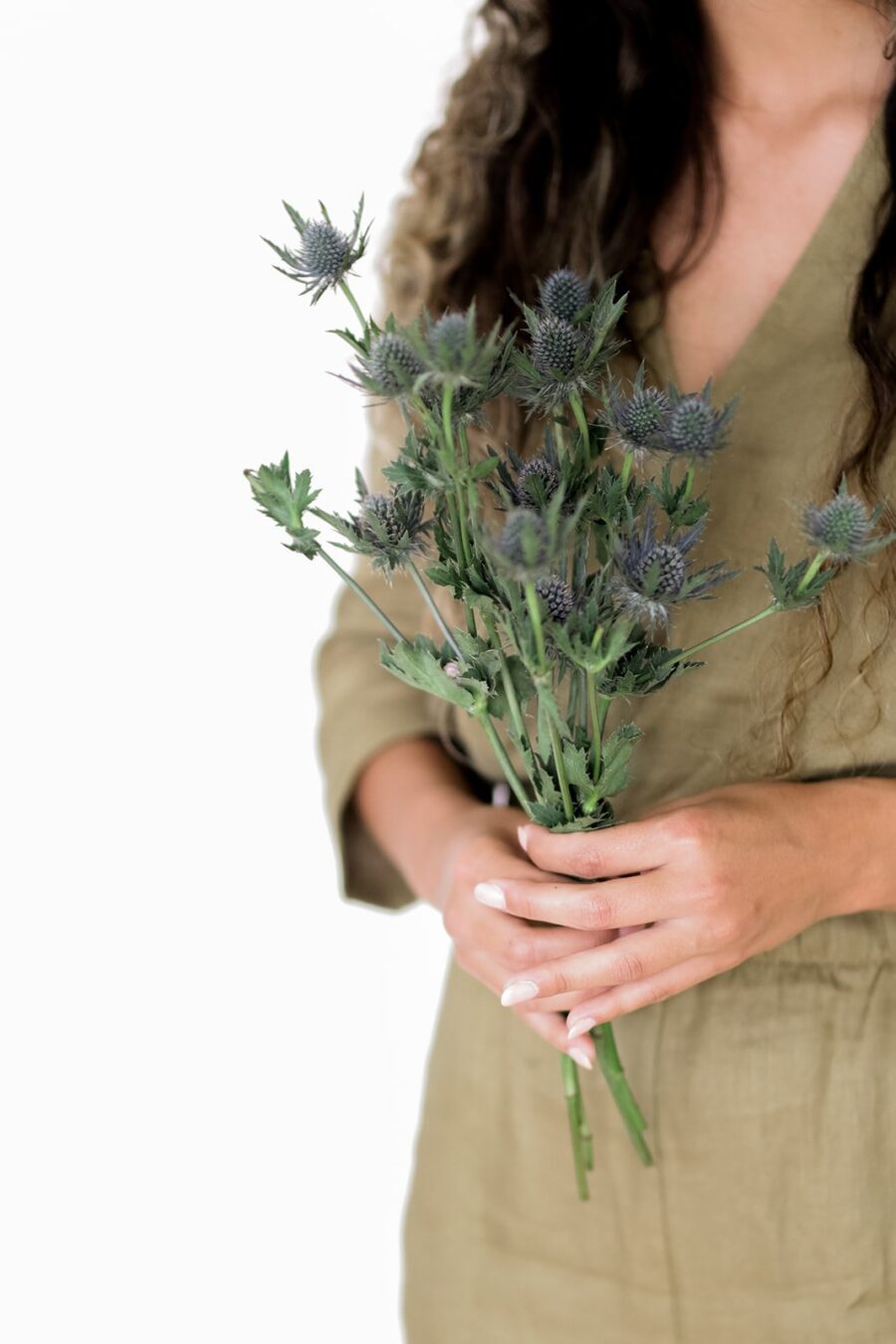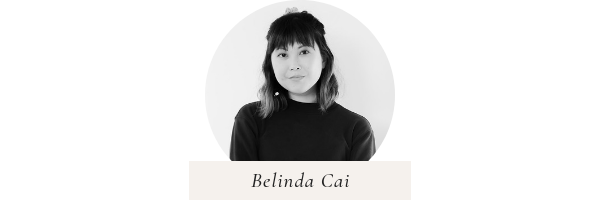
5 Eastern Wellness Practices I Learned From My Mother
The Rise Of Traditional Chinese Medicine
When I first heard friends talk about acupuncture or post photos of cupping therapy on Instagram, I had a flashback to my childhood. I thought about all of the years I witnessed my mother, who immigrated here from China, use traditional Chinese medicine (TCM) and healing practices. TCM, rooted in Taoism, strives to adjust imbalances in the body, harmonizing yin and yang. My mom has used these practices for decades, with finesse, and from a genuine place of understanding.
In just the last few years, more than half of the world has used some form of Eastern medicine. These practices haven’t all been scientifically tested, especially by Western standards, but they’ve been around for thousands and thousands of years—and continue to be used worldwide in treating a range of disorders.
I find it encouraging that these practices are becoming more popular in the West. With TCM, there’s an emphasis on holisticism and full-body recovery versus the prescription of pharmaceutical drugs or just “treating disease.” There’s an intersecting mental and physical component to the healing processes. It’s all very beautiful and ancient, and those—like my mother—who have used these practices for decades, deserve some credit for helping to bring them into the mainstream.
Here are five Eastern healing practices I learned from my mom, and frequently saw her use as I was growing up. (While they are gaining in popularity, these practices should be used with extreme caution and with trained professionals. I am providing brief overviews and my mom’s experience, so make sure you do your own research before proceeding!)
1. Acupuncture
What It Is | Acupuncture is a household name and has been around for a long time, even in the West. It is one of the most popular forms of TCM. Based on the belief that blockages can disturb the flow of one’s body, thin needles are inserted into pressure points throughout the body to promote healing, relaxation, and restoration of the body’s natural balance. This relieves the blockages and restores harmony.
How My Mom Has Used It | “I’ve been doing acupuncture since I was in college, so starting about 30 or 40 years ago. Acupuncture is a very traditional Chinese practice. It’s a whole body treatment I use to heal and adjust my hormonal imbalances. Addressing these pressure points also helps with abnormal bodily functioning. For example, if my sodium levels are low or high, I use acupuncture to rebalance.
After a month of no progress with certain areas of my body, my acupuncturist started doing my whole body, from head to toe. I’ve been with this particular acupuncturist for 4.5 years—she trained professionally in China and was recommended to me by a friend. My whole body is gradually getting better and better through acupuncture. A few years ago, I had a hysterectomy that affected my hormonal balances and made me lose weight. After the first year using acupuncture, I felt relief. After the second year, I started gaining back some weight. In the third year, I regained all of my normal weight. It’s continuing to help, and has even somewhat eased symptoms of depression.”
2. Cupping
What It Is | Cupping is another practice that has gained momentum in the West in the last few years. Therapists put specially-designed cups on your skin to create suctions for deep tissue massage, blood flow, pain management, and relaxation. The cups can be made from various materials, like glass, bamboo, and silicone. Traditionally, fire is used—the cups are heated and then placed on the skin, creating a vacuum as the air inside the cups cool. Your blood vessels expand, resulting in your skin reddening and rising inside the suctions. There are also home kits, like the one my mom has, that use a rubber pump to create a vacuum instead of using fire. With either method, the cups are left on for three to five minutes, and three to seven cups are usually placed on one’s back.
How My Mom Has Used It | “I’ve been using cupping for more than 20 years now, and it’s helped a lot. When I experience pain in my body (from past or more recent injuries), I use cupping to help ease the discomfort. I have a home kit, but used different ones in China—the traditional ones with actual fire. The convenient kit I have now was sent to me by relatives in China. The practice is supposed to remove the cold air (or whatever creates the pain) out of the body. You can see the dark red spots that result from the practice. When the cups are removed, I usually feel a sense of relief. My skin and muscles feel better. After cupping, the blood in my body flows much better.”
3. Chinese Herbal Medicine
What It Is | Chinese herbal medicine is prescribed to help with imbalances of energy, or “Qi,” in the body, and studies show they are effective in treating a range of disorders. They differ greatly from Western medicine in that they address holistic, overall wellbeing. While Western medicine separates the disease from health, and deems disease an unbalanced state, Eastern medicine typically looks at health overall as state that should be balanced.
How My Mom Has Used It | “I’ve been using Chinese herbal medicine since I was in college. It works from deep within your body—inside your organs. The medications take a longer time to be effective, but eventually heal your body from the inside out (and also targets the points of discomfort/illness) versus only addressing and treating specific symptoms of illness, like with Western medicine. It’s more comprehensive and holistic, focusing on adjusting the functioning of the entire body. It will take a few months of regularly taking the right herbal medications for them to become effective. Some popular herbal remedies I use include ginseng, codonopsis, dioscorea, jujube, wolfberry, and adenophora (among others). I get these herbal medications from my acupuncturist and also from Chinese markets or areas like Chinatown.”
4. Wong To Yick (Wood Lock Oil)
What It Is | Wong To Yick (Wood Lock Oil) is a medicated oil used externally on the body to help with pain relief in the muscles and joints. It is a great alternative to painkillers and other medicated creams, with ingredients that include camphor, menthol, methyl salicylate, and turpentine oil. This is used in tandem with activating pressure points. It can also be used in conjunction with a warm compress to further help with pain.
How My Mom Has Used It | “I use this all of the time—probably a few times a week, but you can use it almost every day and be fine. It’s similar to something like Bengay that helps with muscle pain. I use a couple of drops of Wong To Yick as massage oil on the parts of my body that are aching or painful (usually my legs from a long day on my feet). It is absorbed by my skin and muscles, and really helps mitigate any pain I have. It lasts for a few hours, and can be effective with other pain reduction treatments.”
5. Moxibustion
What It Is | Often used in conjunction with acupuncture, moxibustion is a TCM that uses burning herbs and applying the heat to specific points on the body. A practitioner will burn a moxa (made of the leaves of mugwort or wormwood herbs) on top of an acupuncture needle. Or the smoke can be directly applied to the skin. This helps stimulate the flow of chi, which results in wellbeing and relaxation. This can help with back pain, headaches, menstrual cramps, arthritis, digestive issues, and more.
How My Mom Has Used It | “I have my own home kit, sent to me as a gift from friends in China. I use moxibustion on my pressure points and painful areas of my body. I let the herbal smoke burn over the areas I need. I usually use moxibustion for a total of ten to fifteen minutes, and let it sit on one area of my body that needs healing. Afterward, that part of my body feels more comfortable, relaxed, and less painful. I will usually do this once a week or so, maybe twice if necessary.”
Resources For Further Learning
Books
These books on Goodreads
These books on Amazon
Links
Is TCM Evidence-Based and Safe? // University Of Michigan
What is TCM? // Traditional Chinese Medicine World Foundation
Traditional Chinese Medicine // Cancer Research UK
What is Traditional Chinese Medicine and What Does It Treat? // Forbes
RELATED READING
Belinda Cai is a multimedia journalist who frequently writes about lifestyle, social and environmental justice, and identity and culture. She has a master’s in journalism and communications from the University of Southern California, and hails from Cincinnati, Ohio. When she’s not writing, she’s Wikipedia-spiraling, staying active, enjoying nature, and thrifting. Check out her website and Instagram.
